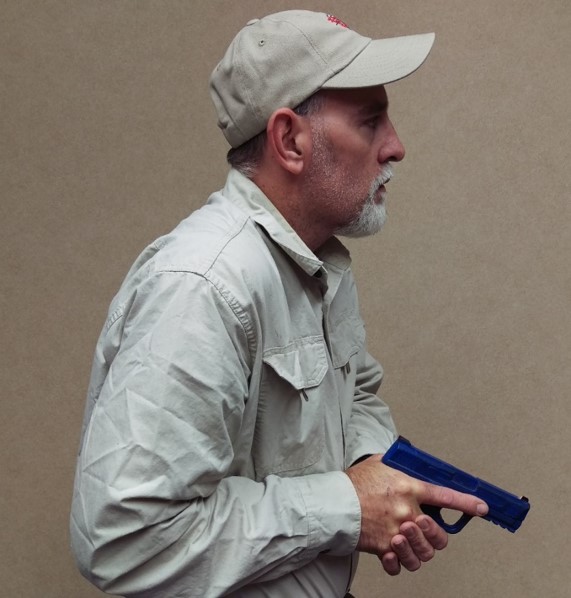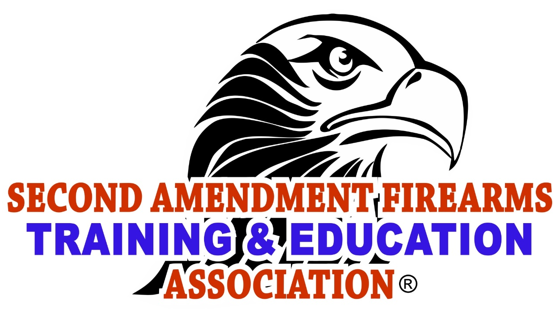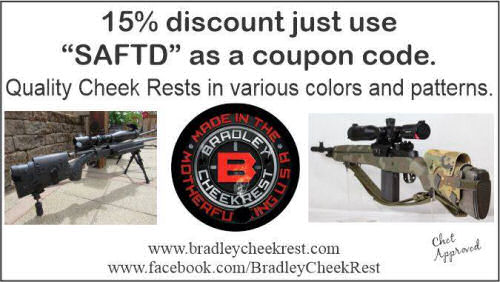The SAFTEA Gun Safety Rules

The SAFTEA Gun Safety Rules
Guns should always be pointed in a Safe Direction
Unload all firearms when not in use
Never touch the trigger until you are on target
Store guns in a secure location
A Gun is a tool of last resort
Fire only at verified targets
Educate yourself about your firearms
Train frequently and with purpose
You own every bullet you fire
Let’s take a deeper look at these rules.
Guns should always be pointed in a safe direction. Every time you handle a gun, be aware of your surroundings, and make sure your gun is pointed in the safest possible direction at all times. This is a dynamic situation, so your surroundings could change quickly, and you must remain cognizant of the direction your muzzle is pointing. If you are on the second floor of your house is down a safe direction? If you are on the first floor of your house and there are people upstairs, is up a safe direction? These decisions need to be made prior to handling your firearm. If you are not willing to shoot it, don’t point your gun at it.
Unload all firearms when not in use. This is not that complicated. If you are done with it, unload it and put it away. If this is a target shooting gun, or a hunting gun, unload it, clean it, and lock it up. If this is a defensive firearm, and your situation allows, make sure you lock it up in your quick access safe. Make sure to check your local laws. Are you legally allowed to leave a loaded firearm locked up in your home? Some jurisdictions may not allow guns to be loaded when not attended even if they are locked up. If this is your concealed carry firearm, and you have it in your holster, it is in use. Again, make sure you are adhering to the laws of the jurisdiction you are in at the time. Any time you are going to be handling a firearm, assume it is loaded. Safely go through the steps to verify the condition of the gun prior to any handling of it.
Never touch the trigger until you are on target. Once you have made the decision to shoot and your sights are on target, then and only then you may place your finger on the trigger. Any other time your gun is in your hands, your finger should be in the register or indexed, that is your finger should be straight and along the frame of the firearm.
Store guns in a secure location. This is a rule not a suggestion. There are many out there who are willing to leave their guns lying around their house. We believe this is a bad idea. With very few exceptions, it is suggested that you have a safe to lock your guns in. Your safe should be secured to ensure it cannot easily be removed from this location. Most large, long term storage safes are designed so that they may be bolted to the floor or a wall. Many quick access safes are designed to be bolted down to a dresser or in a drawer. Yes, you can put a lock on your plastic or nylon gun case, but let’s be honest, how secure is that really?
A Gun is a tool of last resort. With rights come responsibility. Yes, in this country we have the right to defend ourselves, sometimes even with lethal force. Lethal force is our last resort, in general, using lethal force to defend ourselves must be to the preclusion of all other options. Since using a gun is always considered lethal force, a gun is a tool of last resort.
Fire only at verified targets. Suppose you wake up to a noise in the middle of the night. In your half awaken state, you point your gun in that direction, and start shooting. When the smoke clears, you walkout look on the floor and see your beloved family member laying there bleeding to death. Perhaps, a flashlight may have been the better thing to fire in this situation, verify whether the noise was in fact a threat, or just someone getting a glass of water. It is simply not ok to point your gun at someone until you have verified they are a lethal threat.
Educate yourself about your firearms. Do you know the make and model of your firearm? How about the caliber? How many rounds will it hold? Does it have a manual thumb safety or a de-cocker? Where is the magazine release or the cylinder release? Is it a revolver or a semi-automatic, a pump action or a bolt action? These are all things you need to learn and know about your firearms. If you plan to carry a handgun concealed, I would submit you should know the make, model, serial number, caliber, type of ammunition, and how many rounds you are carrying. The more you know about your firearm, the more prepared you are to use it.
Train frequently and with purpose. After completing a class, and learning new skills, you need to practice those skills. When you go to the range, what skills are you planning to work on? Keep a training log of the drills you are working on, skills that drill is intended to improve, your accuracy and time. By doing this you will be able to determine whether you are improving or not. When you are going to the range what are your goals? When you start to plateau, you need to seek out a competent SAFTEA instructor to help you grow. We suggest you attend at least 24 hours of training every year, and practice the skills learned in those classes at least once a month.
You own every Bullet you fire. This rule seems to be problematic for many to comprehend. You are in fact responsible for every round you fire, who or what it hits, any person injured, any property damage caused by it. Verify what target you are going to shoot, verify what is around and beyond that target, and do not miss. 100% round accountability. If you are going to shoot it, then shoot it, don’t shoot at it and miss. Can you defend your actions in criminal court, and/or a civil court?
By: William A Martin
SAFTEA Regional Master Instructor
www.defensivetrainingsolutions.com


